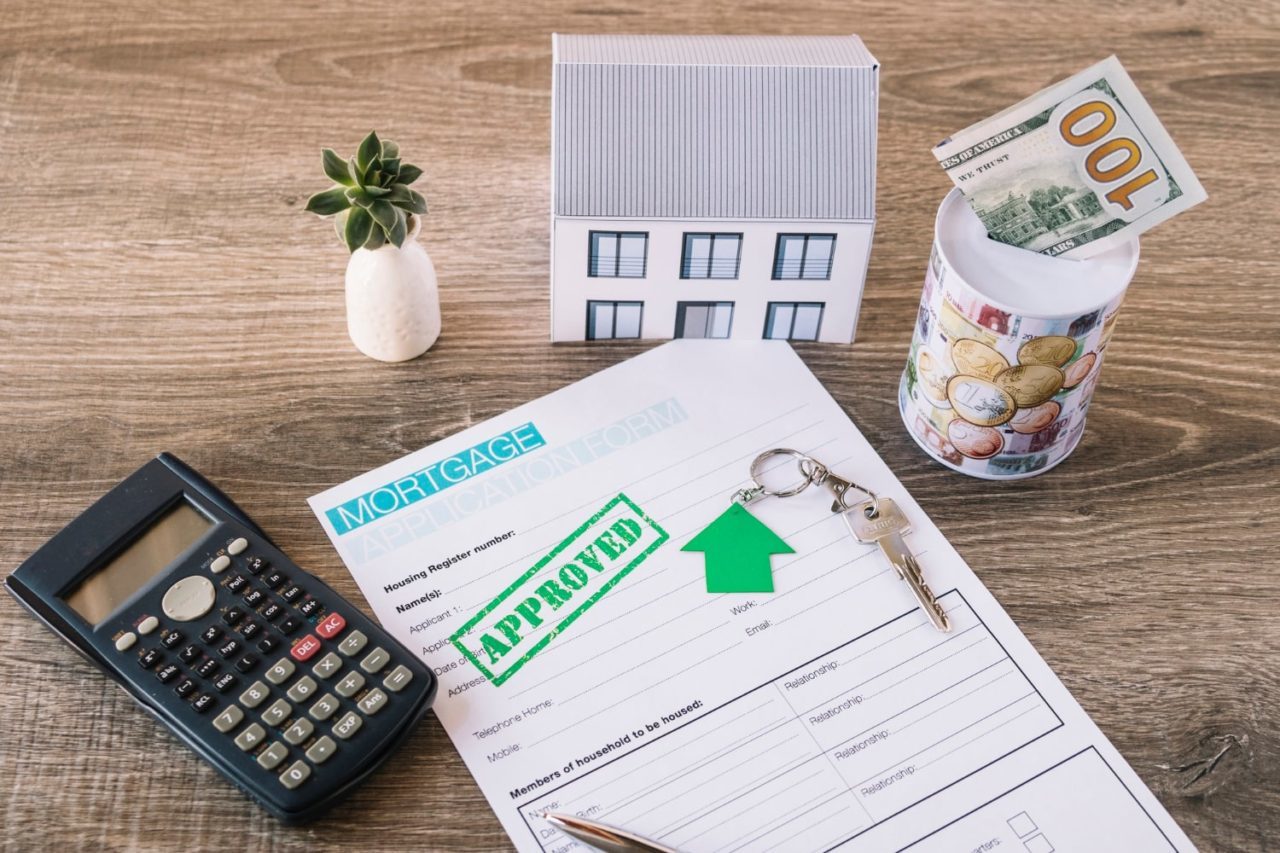Step-By-Step Guide To Applying For Mortgage
For most first-time buyers, obtaining a home loan can be a difficult task. Here’s a step-by-step guide to assist you with your mortgage application.

Source: Pixabay
Whether you’re applying for your first mortgage or renewing an existing one with a new lender, you might need a little direction. Here’s a step-by-step guide to help you with applying for a mortgage:
Step 1- Finding an advisor
A licensed financial advisor can assist you with the process of choosing and applying for the right mortgage. An advisor can be found in a bank, credit union, stockbroker firm, mutual fund firm, insurance company, or independent financial planning firm.
Check with your friends and family to see if they have any recommendations. Choose someone you believe has the right experience, skills, and qualifications to assist you. Take your time when choosing an advisor because you will be working with them for a long time.
Once you finally choose the advisor, keep in mind that it is ultimately your money. You have a right to know what’s going on behind the scenes, and you should do whatever you can to get as much information as possible from the advisor.


Step 2- Providing information to advisor
The details you provide will be relied upon by lenders or mortgage brokers/agents. This knowledge aids them in locating the best mortgage option(s) and/or lender(s) for you. You should be completely honest while giving them the details of your assets, mortgage, financial circumstances, risk tolerance, etc.
You must first analyze your financial targets. Before the meeting, you need to decide on your spending capacity. Ask your advisor about your credit rating if you do not know.
Advisors need a complete picture of your finances to make the right recommendation. Once they have a clear picture, they will advise which mortgages may be a good match for you.
Step 3 – Have all the documents.
To determine your borrowing power, your advisor will need to review all documents. The documents are evidence of income and records demonstrating your financial status (investments, RRSPs, etc.).
The documents required are:
- Contact details for a legal practitioner
- ID two pieces
- Cheques that have been voided or bank account statements.
- Copies of lease agreements (if buying a rental property)
- Income-related paperwork (pay stub, proof of deposit to an account, federal Notice of Assessment, letter from employer, etc.)
Details about the house include:
- The location
- Estimated property taxes, condo fines, and heating costs.
- A copy of the property description
- A copy of the agreed Offer to Buy agreement, which includes the purchase price in exact dollars.
- A copy of the home assessment, inspection, and/or land survey is needed.
- Name, address, and phone number of your lawyer
Basic financial details:
- The current assets and liabilities are listed.
- For payments, you’ll need a bank account and a transit number.
- If applicable, your CIBC Pre-Approved Mortgage Certificate
Verification of Jobs and Income:
- Current jobs and revenue, for example:
- A copy of the most recent pay slips
- Electronically deposited proof of recent pay
- T1 Notice of Assessment (general) and related Notice of Assessment (additional) (NOA)
- Previous work experience (if required)
- Additional sources of income (if any)
Your down payment has been verified.
- Statement of savings or investments from the previous 90 days
- A copy of the sale agreement is required when selling an existing property.
- If necessary, withdrawal from an RRSP via the Home Buyer’s Plan.


Step 4- Property Analysis
If you’ve already found a property or if you own one and want to renew your mortgage, then your lender or mortgage broker/agent may need to inspect it. This is to make sure it’s worth enough to secure the loan.
They may want to look at the property online with you. Look at the listing on MLS or a self-listing website, and/or get a property valuation or home inspection done. This is to figure out what it’s worth.
Step 5- Applying for mortgage
Did you ever make an offer on the house you’ve always wanted? Along with the offer you should give your social security number, employer, salary, number of dependents, and the name and address of your bank or other financial institution.
Your funding application should be approved if all the requirements are met.
Step 6- Finalize the transaction
You will need to come in and sign the official paperwork after the legal professional has registered the property in your name (deed of sale, mortgage deed, tax documents, etc.). The funds will then be disbursed to the legal professional, allowing the seller to be paid.
If you plan for a mortgage, then the above steps need to be followed. These steps will help you gain an insight into the documents needed, how an advisor can help you out, and much more.



